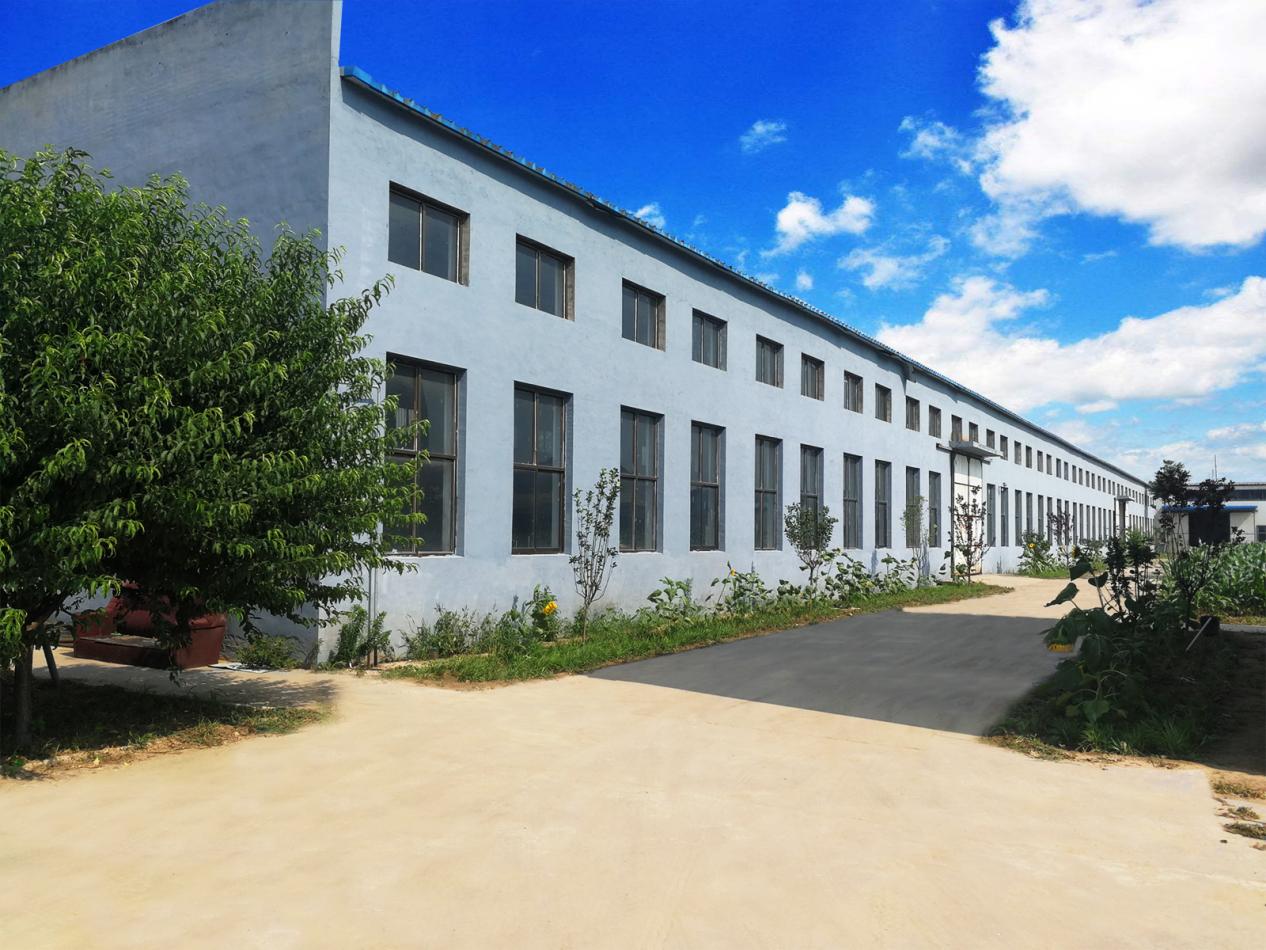10 月 . 31, 2024 12:56 Back to list
Silent Wafer Check Valve Design and Applications for Efficient Flow Control Systems
Understanding the Silent Wafer Check Valve A Comprehensive Overview
In the realm of fluid dynamics and piping systems, the silent wafer check valve has emerged as a critical component, ensuring the efficient and smooth flow of fluids while preventing backflow. This type of valve is designed for applications where noise reduction is essential, making it a preferred choice in many industrial, commercial, and residential installations.
What is a Silent Wafer Check Valve?
A silent wafer check valve is a specific type of check valve that utilizes a unique design to minimize operational noise. Unlike traditional check valves, which can create significant turbulence and noise during the closing process, the silent wafer check valve employs a spring-loaded mechanism that enables a soft closure. This is particularly advantageous in systems where pressure surges can generate loud banging noises, often referred to as water hammer.
Design and Functionality
The silent wafer check valve typically features a compact, disc-like design that allows for easy installation between flanges in a pipeline. It consists of two main components the valve body and the disc. The disc is held in place by a spring, which facilitates a quick response to changes in flow direction. When the flow direction is correct, the disc remains open, allowing fluids to pass. However, if backflow occurs, the disc closes securely against the valve seat, preventing reverse flow.
The materials used in the construction of silent wafer check valves vary based on the application requirements, including options such as stainless steel, bronze, and PVC
. These materials offer excellent corrosion resistance and durability, making them suitable for a wide range of fluids, from water to more aggressive chemicals.silent wafer check valve

Advantages of Silent Wafer Check Valves
1. Noise Reduction The primary benefit of silent wafer check valves is their ability to minimize noise during operation. This is particularly crucial in residential plumbing systems, hospitals, and any environment where noise pollution is a concern.
2. Compact Design Their design makes them space-saving, which is a vital consideration in many installations where space is limited.
3. Efficient Flow The smooth operation of silent wafer check valves ensures minimal pressure loss, allowing for efficient fluid transport across the system.
4. Low Maintenance With fewer moving parts compared to other valve types, silent wafer check valves require less maintenance, contributing to lower operational costs over time.
Conclusion
In summary, silent wafer check valves play a fundamental role in modern fluid systems, combining functionality with noise reduction. Their unique design and operational advantages make them suitable for a variety of applications, ensuring safe and efficient management of fluid flows. As industries continue to prioritize both performance and environmental considerations, the demand for solutions like the silent wafer check valve is expected to increase, solidifying its place as an essential component in engineering and fluid management disciplines.
Share
-
Understanding the Differences Between Wafer Type Butterfly Valve and Lugged Butterfly ValveNewsOct.25,2024
-
The Efficiency of Wafer Type Butterfly Valve and Lugged Butterfly ValveNewsOct.25,2024
-
The Ultimate Guide to Industrial Swing Check Valve: Performance, Installation, and MaintenanceNewsOct.25,2024
-
Superior Performance with Industrial Swing Check Valve: The Essential Valve for Any SystemNewsOct.25,2024
-
Industrial Swing Check Valve: The Ideal Solution for Flow ControlNewsOct.25,2024
-
You Need to Know About Industrial Swing Check Valve: Functionality, Scope, and PerformanceNewsOct.25,2024